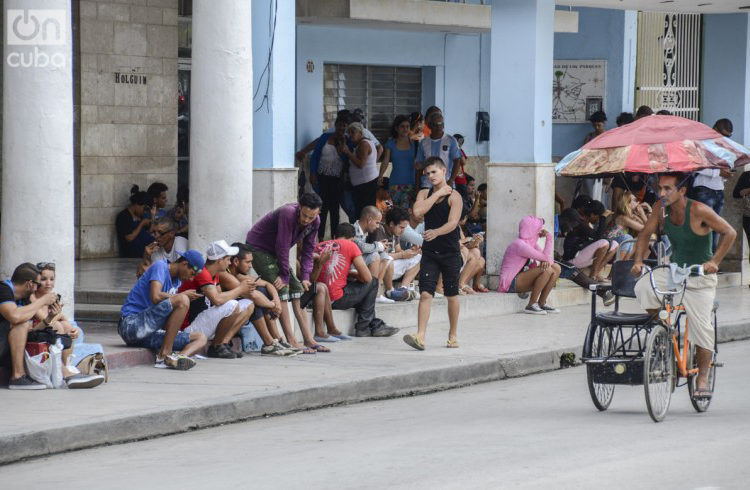The U.S. government’s Cuba Internet task force will study for a year how to expand access to the web on the island so that Cubans can have “free and unregulated flow of information,” despite the Cuban authorities’ rejection of this initiative.
The task force, created on January 23, met for the first time this Wednesday in the Department of State, with no public broadcasting and with limited access for some media, which is why the majority only received a press release after the meeting.
The press release doesn’t explain how this committee aims to put into practice its strategy with the strong rejection of the Cuban government, which even sent a protest note last week because it considers that the task force pursues “subversive ends.”
The task force is presided over by Deputy Assistant Secretary for Western Hemisphere Affairs John S. Creamer and is made up by several government agencies like the Agency for International Development (USAID), in addition to NGOs like Freedom House, a center of specialized studies on democracy and freedom of expression.
Its mission over the next year will be “to examine technological challenges and opportunities for expanding Internet access in Cuba” by two subcommittees, one to explore the role of the media and freedom of information in Cuba and another that will be centered on Internet access.
These subcommittees will draw up a preliminary report with advice within six months based on the input from relevant experts, a document that the task force will review in a meeting in October.
After this meeting, it will prepare a final report with advice for Secretary of State Rex Tillerson and President Trump.
Other U.S. agencies participating in the committee are the Office of Cuba Broadcasting (which oversees Radio and TV Martí), the Federal Communications Commission and the Department of Commerce’s National Telecommunications and Information Administration.
The Cuba task force has the category of Presidential Advisory Committee under the Federal Advisory Committee Act (FACA), which is why, as the act on this type of entities indicates, “it will work to ensure that advice by advisory committees is objective and accessible to the public.”
The Department of State will release documents related to this task force on its webpage, just as it did this Wednesday with the report on the meeting.
After Havana’s protest over the task force’s creation, the Trump administration considered it was “ridiculous” and “absurd” that Cuba brand this initiative as subversive.
This task force is one of the measures of the memorandum in which President Trump set his policy toward the island last June, which put in standstill the opening between the two countries although not suspending diplomatic relations.
U.S.-Cuba relations are going through a delicate moment after the alleged acoustic attacks suffered by U.S. diplomats in Havana and the restrictions on travel to and doing business with the island applied by Donald Trump.
During the Barack Obama administration, telecommunications were one of the points of the bilateral talks. In 2016 Google opened its first technological center in Havana, in the studio of Cuban visual artist Alexis Leyva Machado “Kcho,” and signed an agreement with the Cuban Telecommunications Company (ETECSA) to make it possible for Cubans to decrease access time to search contents thanks to the use of Google Global Cache.
However, after Trump’s arrival to the White House there hasn’t been news from the computer science giant on new agreements or initiatives on the island.
At present ETECSA is promoting the Nauta Hogar service for Internet access in homes on the island – very limited until last year – with prices that range from 15 to 70 CUC (convertible peso equivalent to the dollar). In addition, it maintains more than 500 WiFi zones in public places and announced it is planning to provide Internet on cell phones at some time in 2018.
According to Internet World Stats, access to the Internet in Cuba does not exceed 33 percent.
EFE / OnCuba










